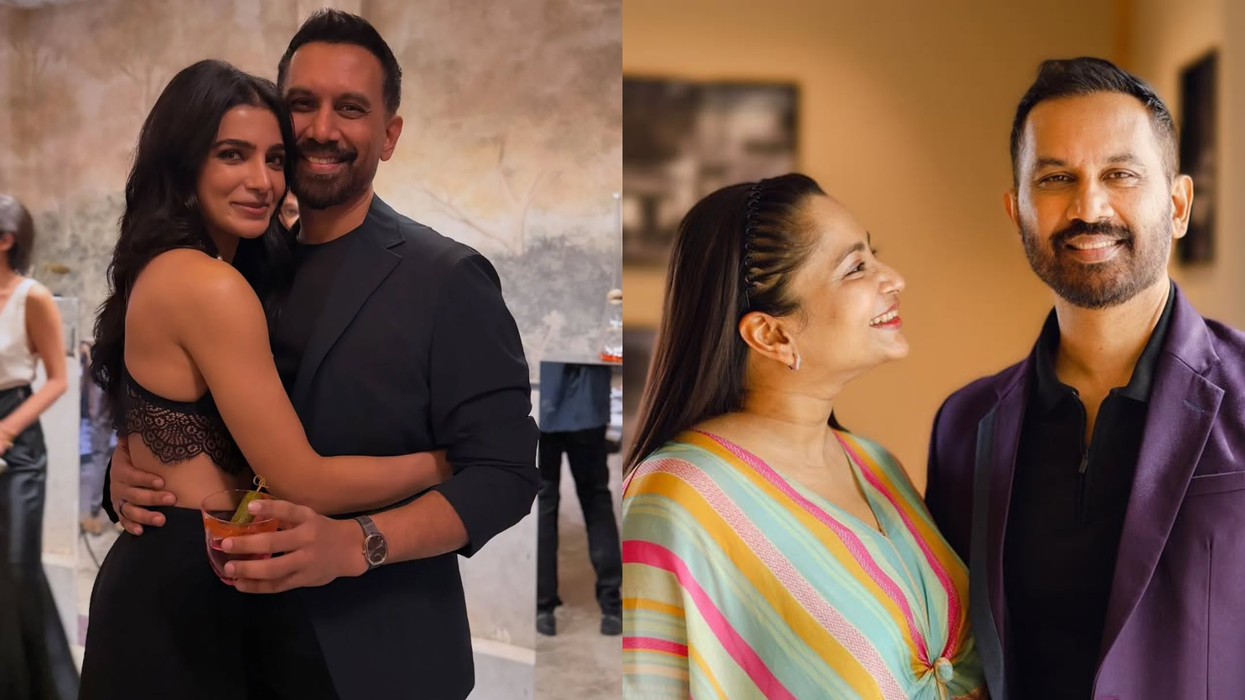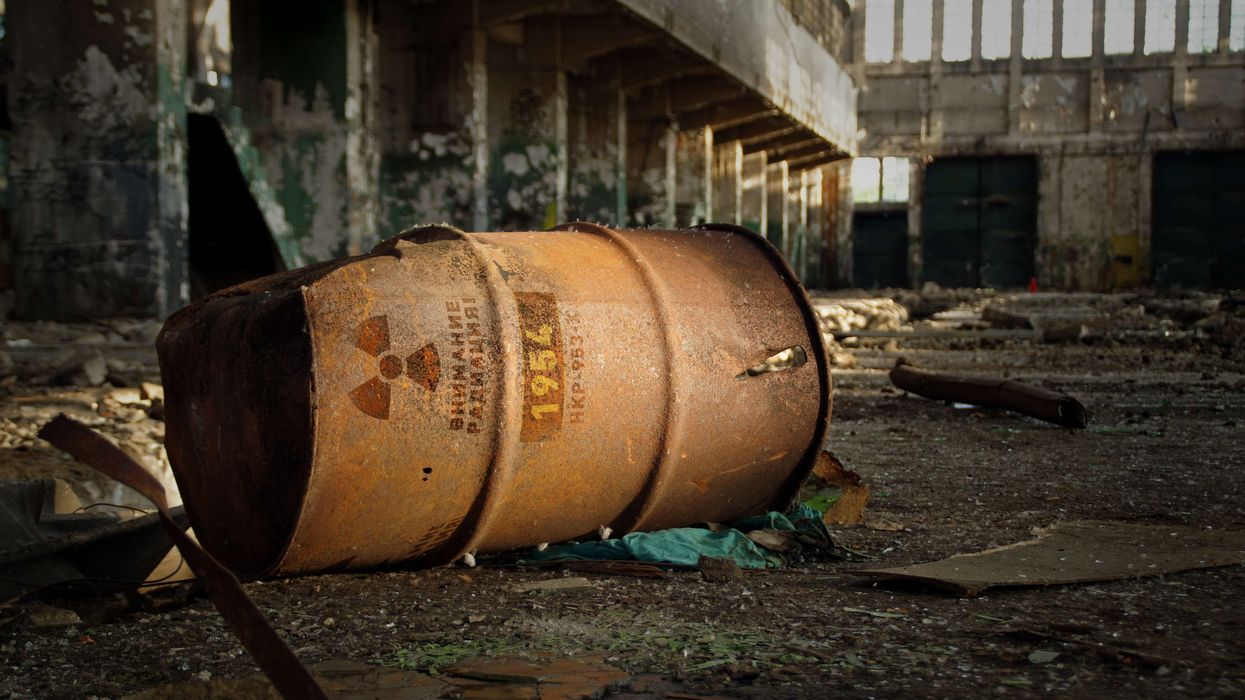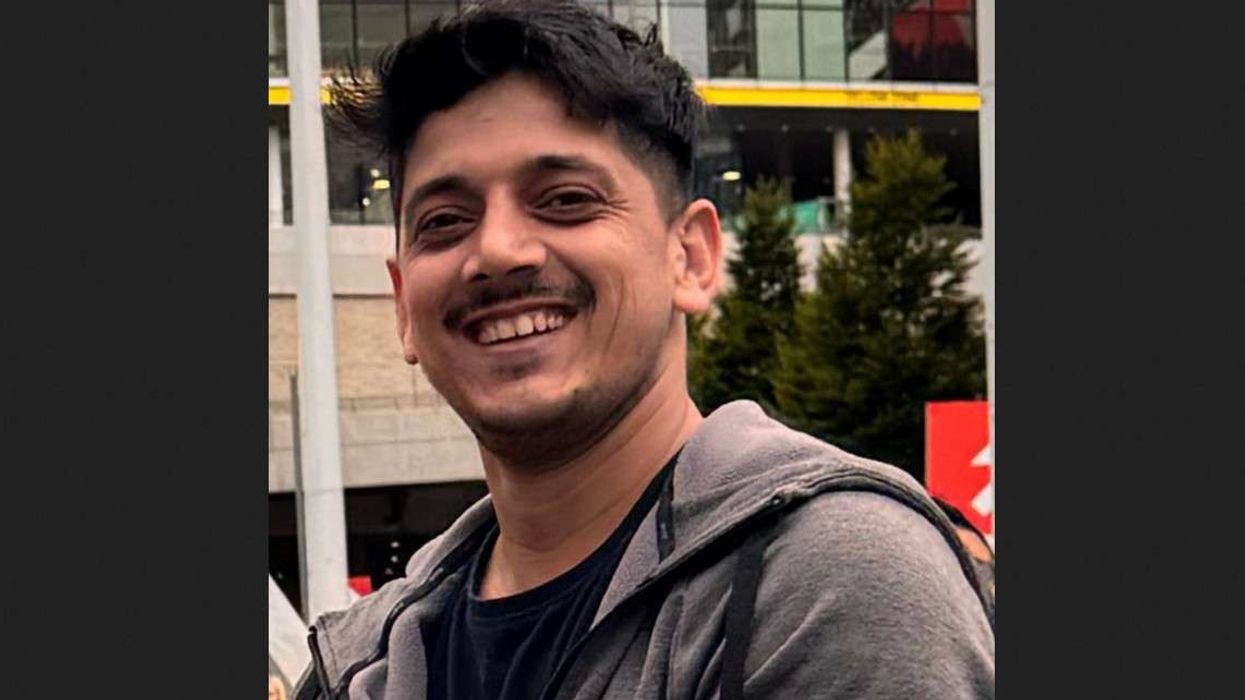From 90s fashion flashbacks to revived cartoon icons, 2025 is proving that everything old is new again or at least in celebrity-fronted brand campaigns. This decade, nostalgia isn’t just a vibe, but a full-blown economy. Across fashion, gaming, beauty, and music, brands are digging into pop culture’s archives to strike an emotional chord with consumers. Whether it’s John Cena teaming up with SpongeBob SquarePants for a gaming crossover, or Beyoncé revisiting a classic Levi’s ad from 1991, the throughline is clear: audiences crave the familiar but with a fresh twist.
But why does it work? Because in a world of algorithm-chasing trends and digital fatigue, nothing hits harder than the warm, fuzzy punch of ‘remember when’. And the biggest names in entertainment, fashion, and music are cashing in big time.
Here are 10 brilliant nostalgia plays of 2025, ranked by how hard they made us yell, "Take my money!"
- John Cena x Brawl Stars x SpongeBob SquarePants
- YouTubeyoutu.be
- David Guetta Revives ‘The Final Countdown’
French DJ David Guetta collaborated with Hypaton and Europe to release ‘The Final Countdown 2025’, reimagining the classic 1986 rock anthem with an electronic twist. The track blends Guetta’s EDM style with the song’s epic essence, hitting both new listeners and long-time fans. This modern revival became an instant hit on streaming platforms, proving that the iconic track’s spirit is still alive.
- YouTubeyoutu.be
- Tom Cruise’s Mission: Impossible – The Final Reckoning Farewell
- YouTubewww.youtube.com
- Zendaya Channels Early 2000s with Louis Vuitton
- YouTubeyoutu.be
- Hailey Bieber’s Rhode Beauty ’90s Revival
- Wonyoung of IVE Revives Tommy Girl Aesthetic
- Beyoncé & Levi’s ‘Pool Hall’ Denim Campaign
- YouTubewww.youtube.com
- Salt-N-Pepa & Grandma’s Cookies ‘Sweet Beat’ Campaign
Hip-hop icons Salt-N-Pepa teamed up with Grandma’s Cookies to launch the ‘Sweet Beat’ campaign, remixing the childhood rhyme ‘Who Stole the Cookie from the Cookie Jar?’ into a catchy rap. The ad’s playful throwback vibes and Salt-N-Pepa’s performance made it a hit among both millennials and Gen Z, while social media challenges fuelled its viral status.
- Hellmann’s Reimagines When Harry Met Sally
- YouTubewww.youtube.com
- Chloe Fineman’s ‘Ugly Cry’ for Maybelline
- YouTubewww.youtube.com
Why these campaigns worked
Let’s be real: nostalgia isn’t just marketing. It’s emotional time travel. These stars know exactly which buttons to push: the cartoons we watched, the songs we screamed into hairbrushes, the jeans we begged our parents to buy.
And in 2025? They’re not just selling products. They’re selling a feeling; one that says, ‘Remember this? Yeah, you loved it. Here it is again.’
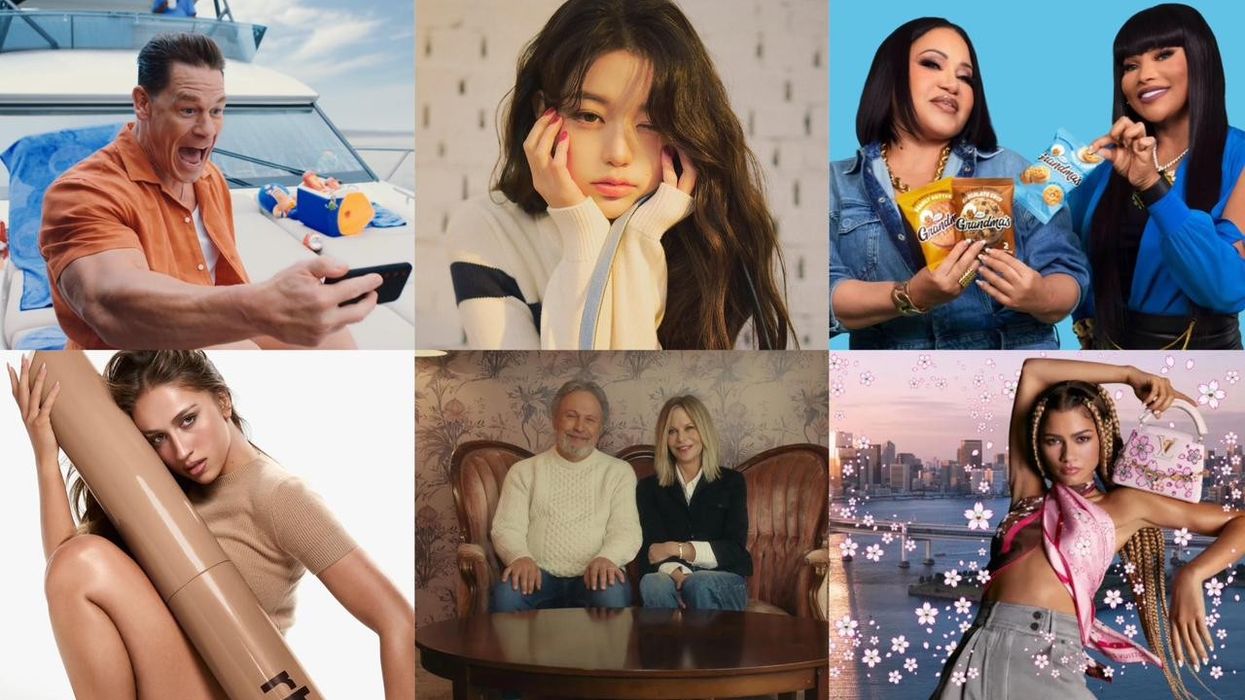

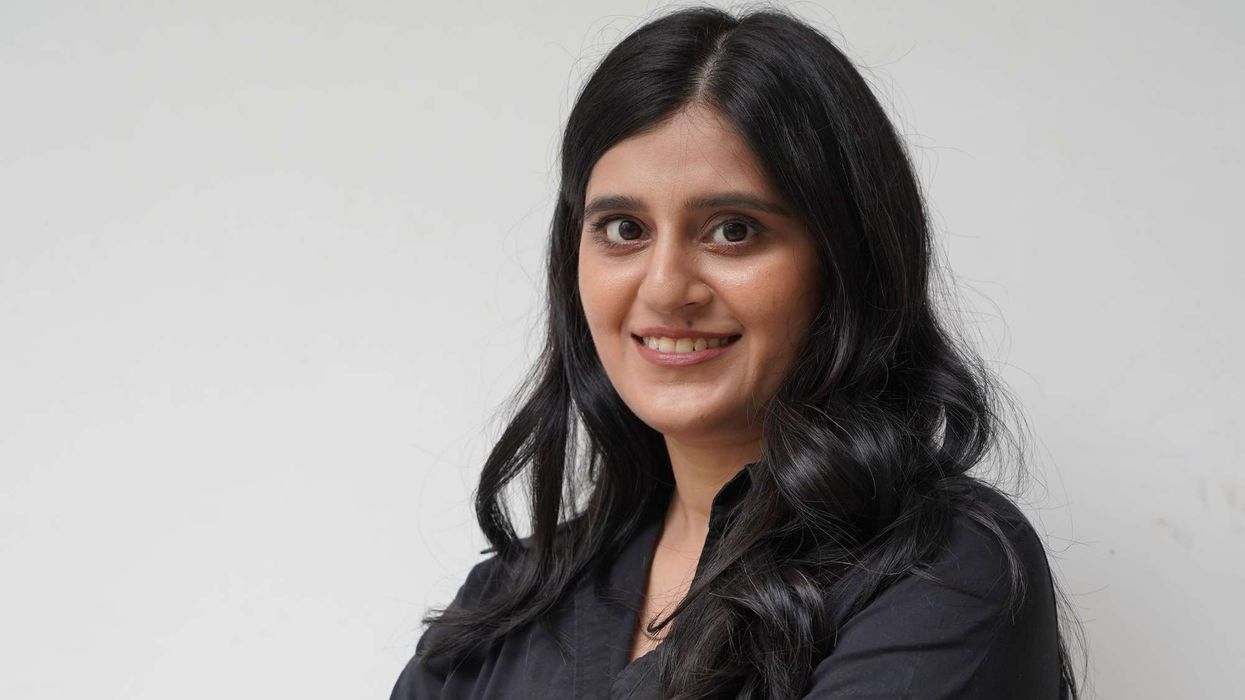
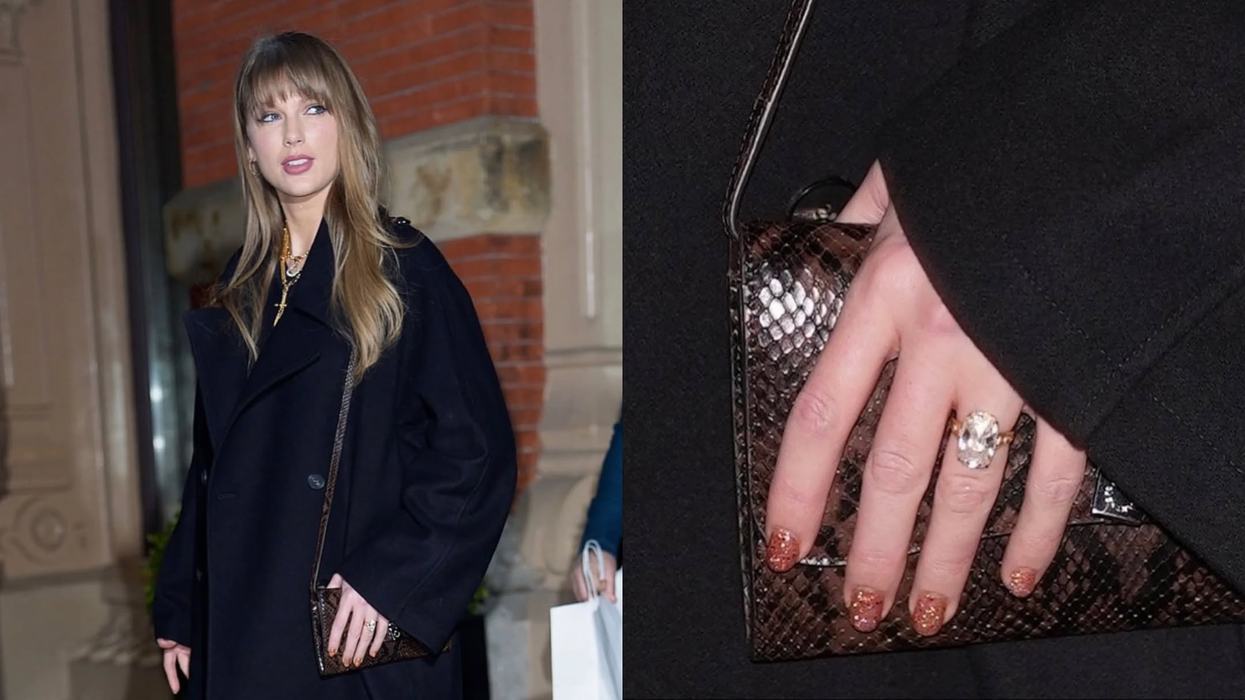
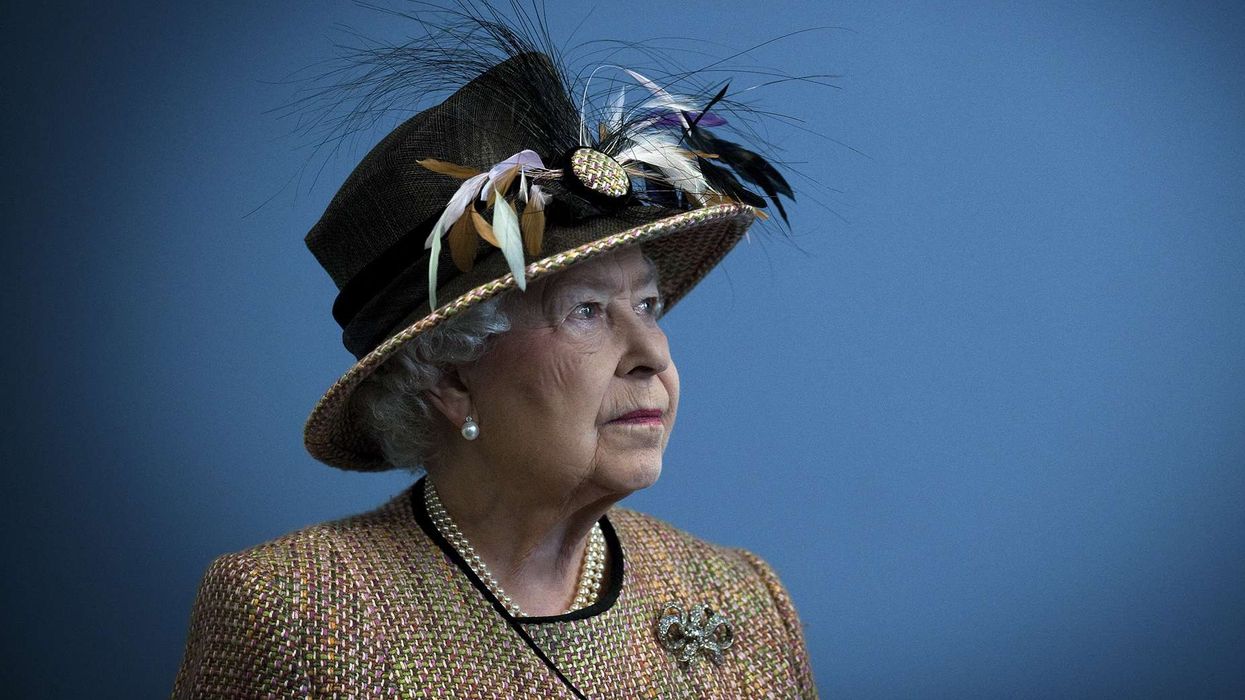


 Kim Kardashian splashes in nude McQueen gown on Rio sand Instagram/kimkardashian
Kim Kardashian splashes in nude McQueen gown on Rio sand Instagram/kimkardashian 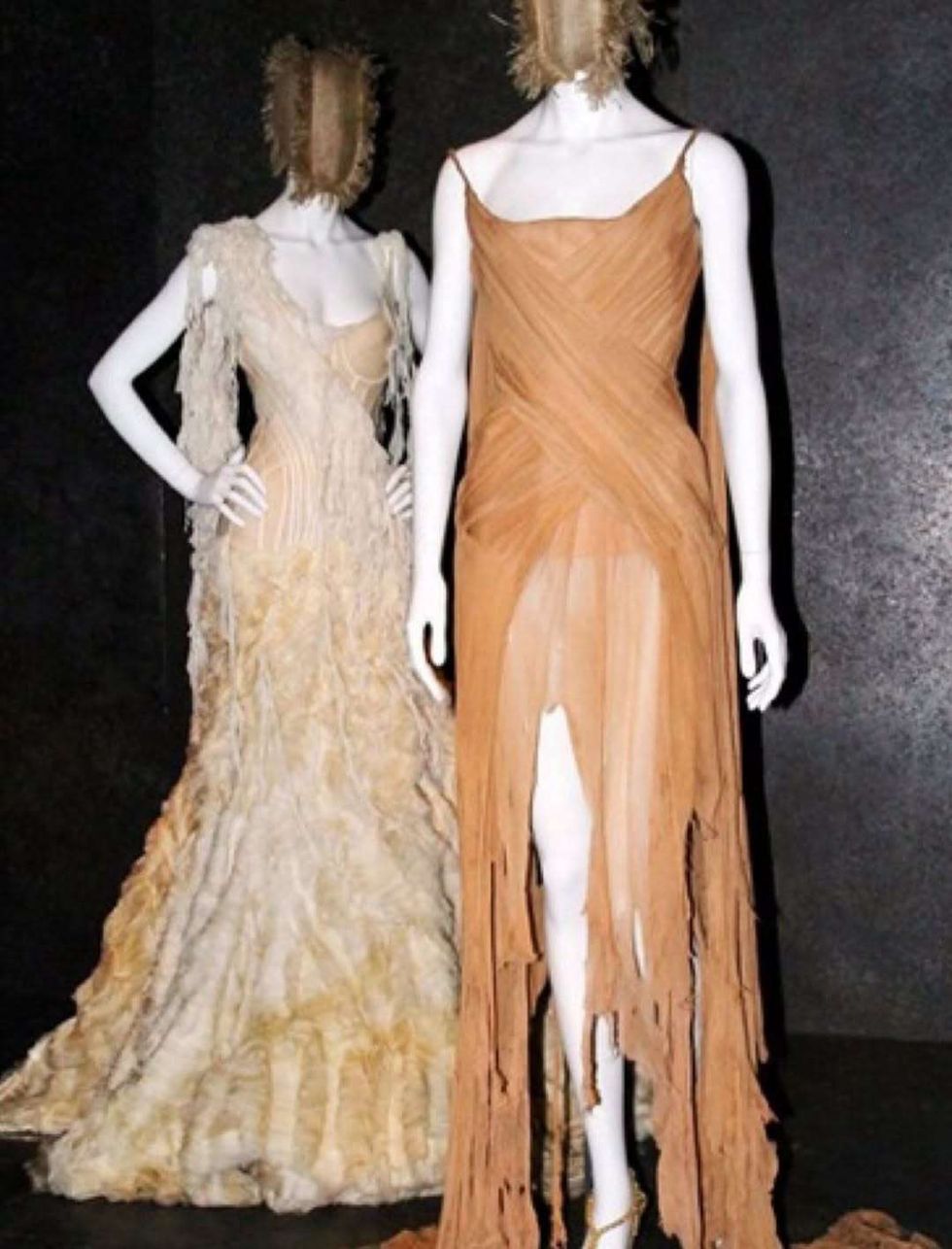 Shipwreck-inspired McQueen dressInstagram/kimkardashian
Shipwreck-inspired McQueen dressInstagram/kimkardashian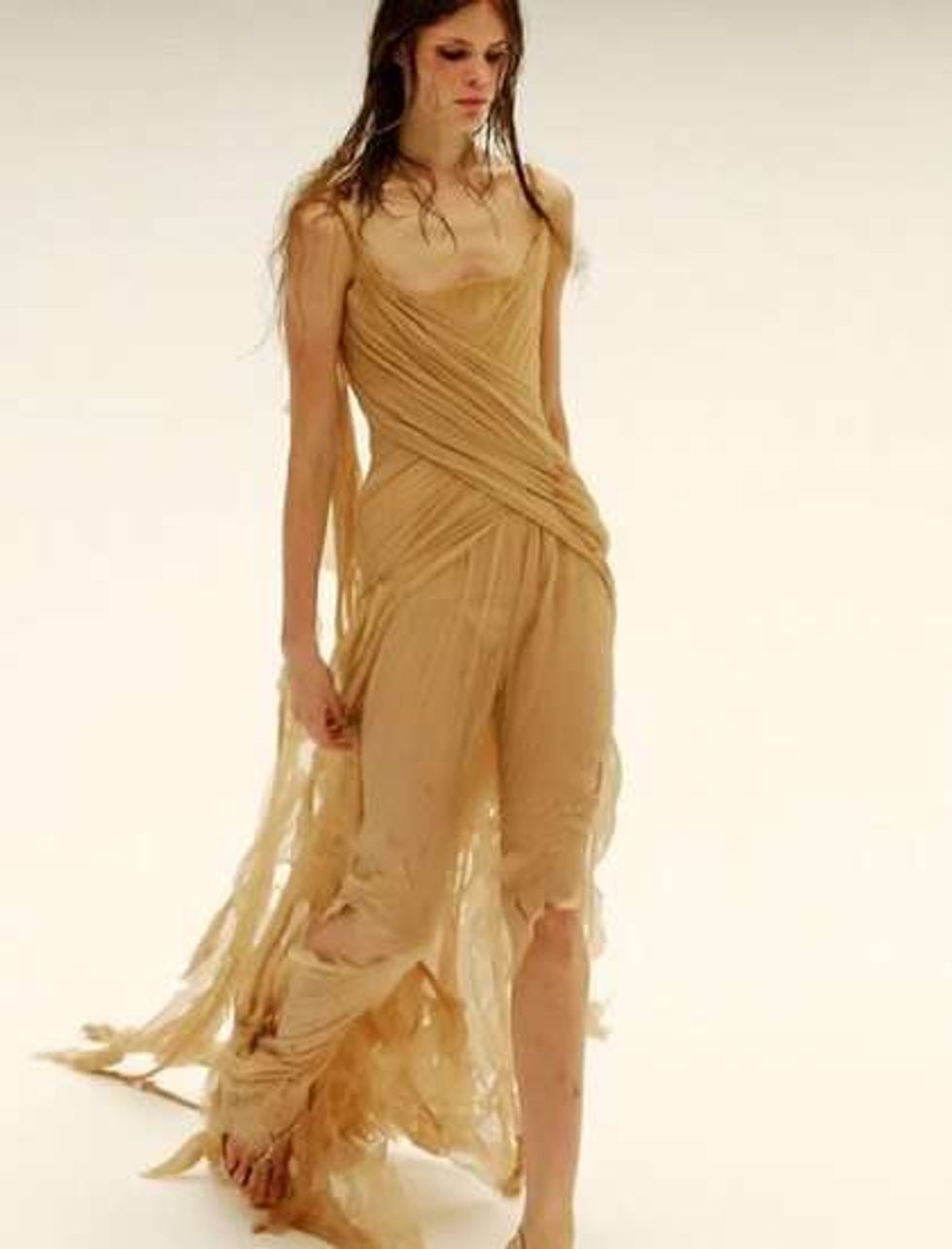 Shipwreck-inspired McQueen dressInstagram/kimkardashian
Shipwreck-inspired McQueen dressInstagram/kimkardashian